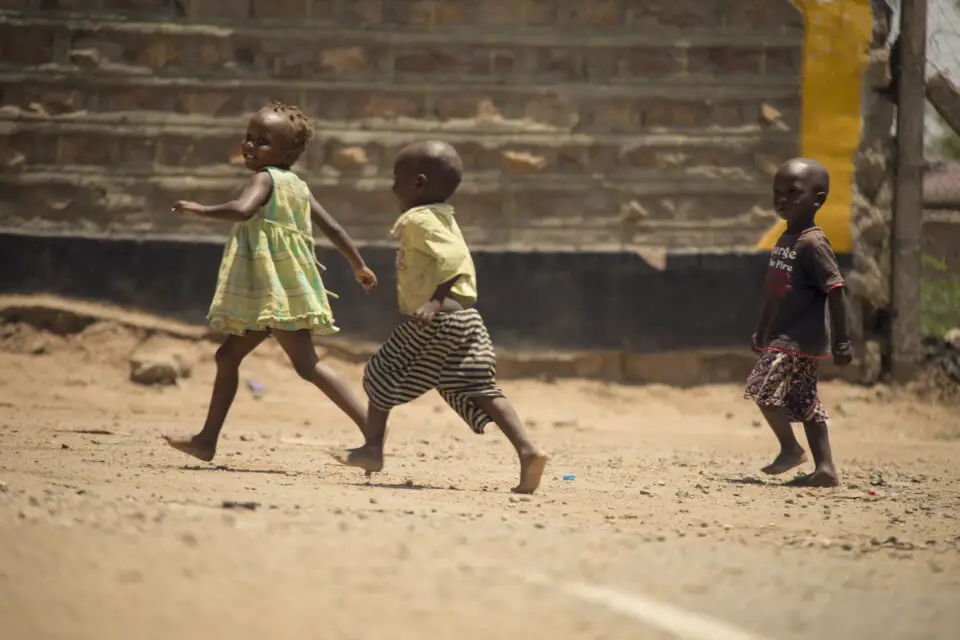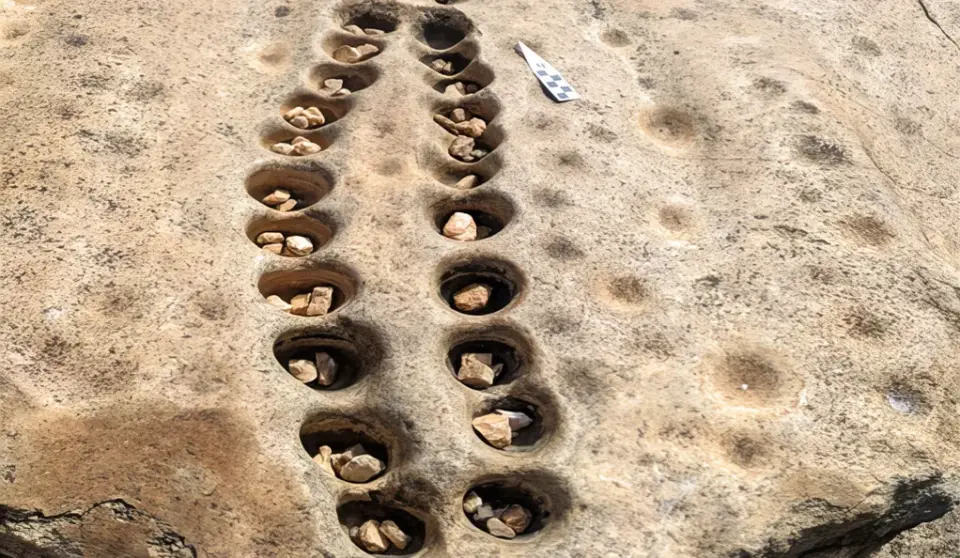What Are Some Examples of Indigenous Tagging Games in Kenya?

Indigenous tagging games in Kenya, like in many cultures, are traditional games that have been passed down through generations.
These games often reflect the community’s way of life, social structures, and environment.
Here are two examples:
Indigenous Tagging Games in Kenya #1: Kati (or Kati-Kati)
- Description: Kati is a popular game among children in Kenya, particularly among the Kikuyu community. It involves two teams, with one team standing in the middle while the other team stands at opposite ends of the playing area. The goal is for the players in the middle to avoid being hit by a ball that the players on the ends throw at them. If a player in the middle is hit by the ball, they are out. The game continues until all players in the middle are hit, after which the teams switch roles.
READ ALSO: Final Thoughts on Traditional Sports in Kenya & More
Types of Indigenous Tagging Games Played in Kenya #2. Cha Mama (Mother’s Game)
- How it’s played: One child plays the “mother,” while others run around in an attempt to avoid being tagged. If the mother tags you, you become the next “mother.”
- Cultural significance: This game mirrors family roles and responsibilities, emphasizing respect and fun in social interactions.
Table of Contents
Indigenous Counting Games in Kenya
Indigenous counting games in Kenya are part of traditional oral literature and play, serving both as educational tools and as a means of cultural preservation. These games are often intertwined with song, dance, and storytelling, reflecting the rich cultural diversity of Kenya’s various ethnic communities.
Purpose of Counting Games
- Numeracy Skills: They help children learn basic arithmetic, including counting, addition, and subtraction, in an engaging and interactive manner.
- Cultural Transmission: These games teach children about their community’s traditions, languages, and values.
- Social Development: They foster teamwork, communication, and social interaction.
Examples of Counting Games
- “Mbweha na Kuku” (Fox and Hen)
- Community: Found among the Kikuyu and other Bantu-speaking groups.
- How it Works: Children form a circle and sing a counting rhyme as one person, representing the “fox,” tries to catch a “hen.” Each number corresponds to a movement or action in the game. This teaches both counting and quick thinking.
- “Chako Changu” (What’s Mine?)
- Community: Common among Swahili-speaking communities along the coast.
- How it Works: Players collect objects like pebbles or shells and count them while reciting a rhythmic chant. The game also incorporates bargaining and sharing, teaching children resource management.
- “Enkeshui” (Counting Beads)
- Community: Practiced by the Maasai.
- How it Works: Children use beads to count in groups, reinforcing their understanding of numbers and patterns. This game often coincides with storytelling about the significance of beads in Maasai culture.
- “Oringa” (The Hoop Game)
- Community: Played by Luo and Luhya children.
- How it Works: Children throw stones or small objects through a hoop while counting their successful attempts. It combines physical activity with arithmetic skills.
Rhymes and Songs
Most counting games involve rhymes or songs in indigenous languages. These are rhythmic and repetitive, aiding memory and language acquisition. For example, in Kikuyu culture, counting rhymes often include moral lessons or references to daily life, like farming or family.
Kenyan Indigenous Games #1. Ajua Board Game (Bao)

READ ALSO: 3 Traditional Games in Kenya
Photo Credits: FIFPRO, Washington Examiner, The Elephant, Eric Lafforgue, FurnitureAndDecorNY, Discover Walks Blog, Wallpaper Flare, Arkeonews